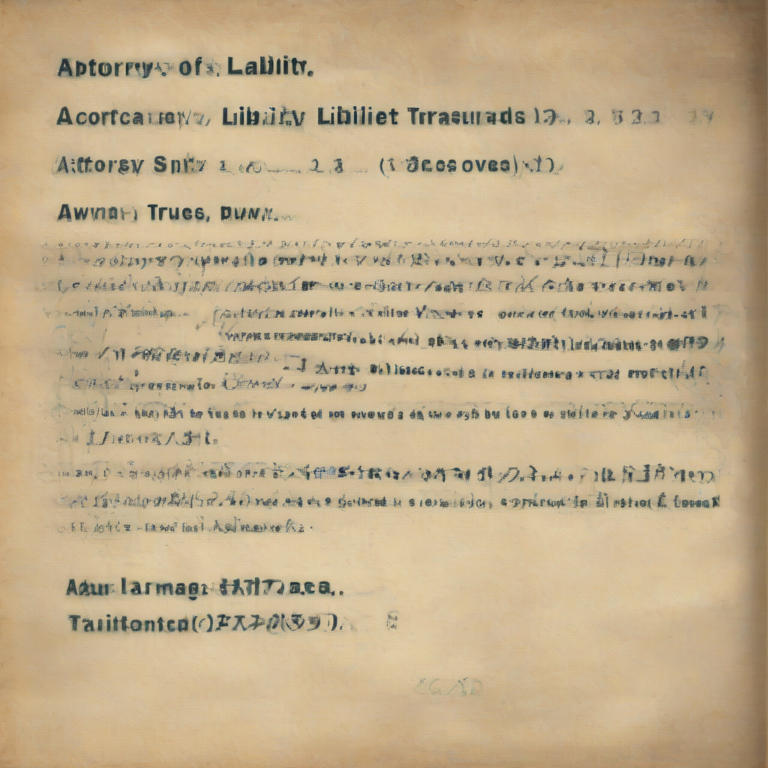
Navigating the Path to Financial Freedom: A Comprehensive Guide to Wealth Management and Investment
Wealth management and investment are intertwined concepts crucial for achieving long-term financial security and prosperity. This comprehensive guide explores the key aspects of both, providing a roadmap for individuals seeking to build and protect their wealth.
I. Understanding Wealth Management
Wealth management encompasses a holistic approach to financial planning, encompassing not just investment strategies but also encompassing risk management, tax planning, estate planning, and charitable giving. It’s a personalized process tailored to individual circumstances, goals, and risk tolerance.
A. Defining Your Financial Goals
- Short-term goals: These might include purchasing a car, paying off debt, or taking a vacation.
- Mid-term goals: Examples include saving for a down payment on a house, funding a child’s education, or starting a business.
- Long-term goals: These often focus on retirement planning, leaving an inheritance, or achieving financial independence.
Clearly defining these goals is the foundation upon which a successful wealth management plan is built. Each goal requires a specific timeline and a corresponding investment strategy.
B. Assessing Your Risk Tolerance
Understanding your risk tolerance is critical. This involves determining your comfort level with potential losses in pursuit of higher returns. Factors influencing risk tolerance include age, financial situation, and personality.
- Conservative investors: Prioritize capital preservation and typically invest in low-risk options like government bonds.
- Moderate investors: Balance risk and return, diversifying across different asset classes.
- Aggressive investors: Are willing to take on higher risk for potentially greater returns, often investing heavily in equities.
C. Diversification: The Cornerstone of Risk Management
Diversification is the strategy of spreading investments across various asset classes to reduce overall portfolio risk. This can include:
- Stocks (Equities): Represent ownership in a company and offer potential for high growth.
- Bonds (Fixed Income): Loans to governments or corporations, offering relatively stable returns.
- Real Estate: Tangible assets like property, offering potential for rental income and appreciation.
- Commodities: Raw materials like gold, oil, and agricultural products.
- Alternative Investments: Hedge funds, private equity, and other less liquid investments.
D. Tax Planning and Estate Planning
These are crucial aspects of wealth management, aiming to minimize tax liabilities and ensure the efficient transfer of assets to beneficiaries. Tax planning involves strategies like utilizing tax-advantaged accounts and making appropriate tax deductions. Estate planning includes drafting wills, trusts, and powers of attorney.
II. Understanding Investment
Investment is the process of allocating capital with the expectation of generating future income or appreciation. It’s a core component of wealth management, providing the means to achieve financial goals.
A. Asset Classes and their Characteristics
Understanding the characteristics of various asset classes is fundamental to making informed investment decisions. Each asset class offers a unique risk-return profile.
- Stocks: High growth potential but also high volatility.
- Bonds: Lower returns than stocks but generally less volatile.
- Real Estate: Can provide both rental income and capital appreciation but can be illiquid.
- Commodities: Highly volatile and often used as a hedge against inflation.
B. Investment Strategies
Various investment strategies exist, catering to different risk profiles and financial goals.
- Value Investing: Focuses on identifying undervalued securities.
- Growth Investing: Targets companies expected to experience rapid growth.
- Index Fund Investing: Invests in a diversified portfolio mirroring a specific market index.
- Dollar-Cost Averaging (DCA): Investing a fixed amount at regular intervals, regardless of market fluctuations.
C. Investment Vehicles
Investments are channeled through various vehicles, each with its own features and benefits.
- Individual Stocks and Bonds: Direct ownership of securities.
- Mutual Funds: Professionally managed portfolios of diversified investments.
- Exchange-Traded Funds (ETFs): Similar to mutual funds but traded on stock exchanges.
- Retirement Accounts (401(k), IRA): Tax-advantaged accounts designed for retirement savings.
D. Analyzing Investment Opportunities
Thorough analysis is essential before making investment decisions. This includes:
- Fundamental Analysis: Evaluating a company’s financial statements and business prospects.
- Technical Analysis: Studying price charts and trading volume to predict future price movements.
- Qualitative Analysis: Considering factors like management quality and competitive landscape.
III. The Role of Financial Advisors
Financial advisors play a vital role in guiding individuals through the complexities of wealth management and investment. They provide personalized advice, helping clients develop and implement strategies aligned with their goals and risk tolerance.
A. Types of Financial Advisors
- Registered Investment Advisors (RIAs): Fiduciaries obligated to act in their clients’ best interests.
- Financial Planners: Offer comprehensive financial planning services.
- Broker-Dealers: Sell financial products and may offer investment advice.
B. Choosing a Financial Advisor
Selecting a suitable advisor requires careful consideration. Factors include:
- Experience and qualifications: Look for advisors with relevant certifications and a proven track record.
- Fees and compensation: Understand how the advisor is compensated to avoid potential conflicts of interest.
- Investment philosophy: Ensure the advisor’s investment approach aligns with your goals and risk tolerance.
IV. Managing and Monitoring Your Investments
Wealth management isn’t a one-time event; it’s an ongoing process requiring regular monitoring and adjustment. Market conditions change, goals evolve, and risk tolerance may shift over time.
A. Regular Portfolio Reviews
Periodically reviewing your portfolio is crucial to ensure it remains aligned with your goals and risk tolerance. This involves assessing performance, rebalancing assets, and making adjustments as needed.
B. Adapting to Market Volatility
Market fluctuations are inevitable. A well-defined investment strategy should incorporate a plan for managing risk during periods of market volatility.
C. Tax Optimization Strategies
Continuously optimizing your investment portfolio for tax efficiency is crucial. This involves strategies such as tax-loss harvesting and utilizing tax-advantaged accounts.
V. Conclusion (Placeholder – Content omitted as per instructions)





